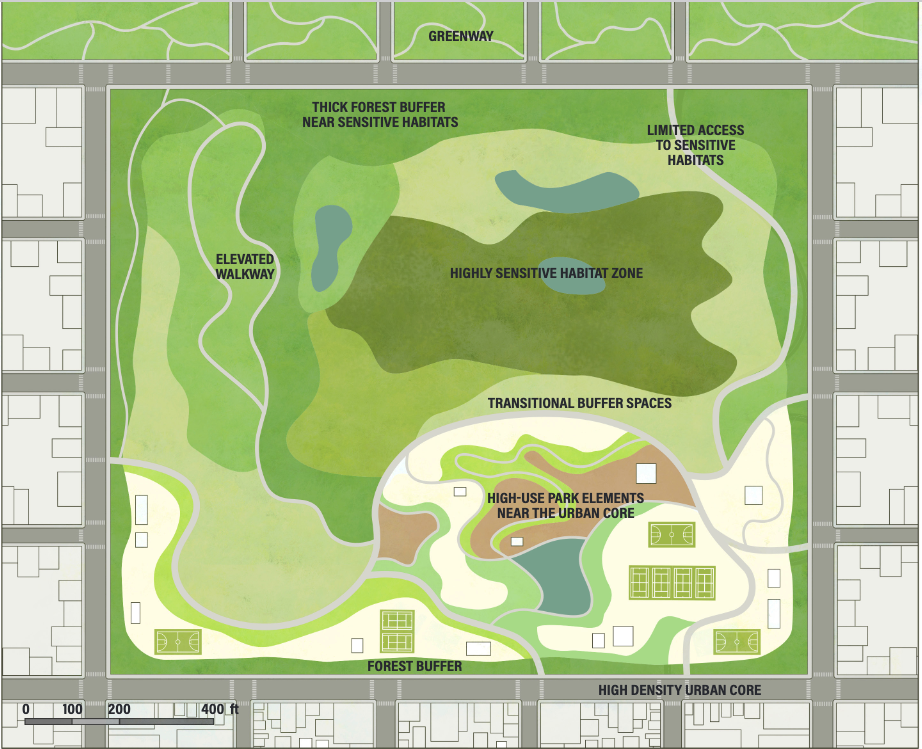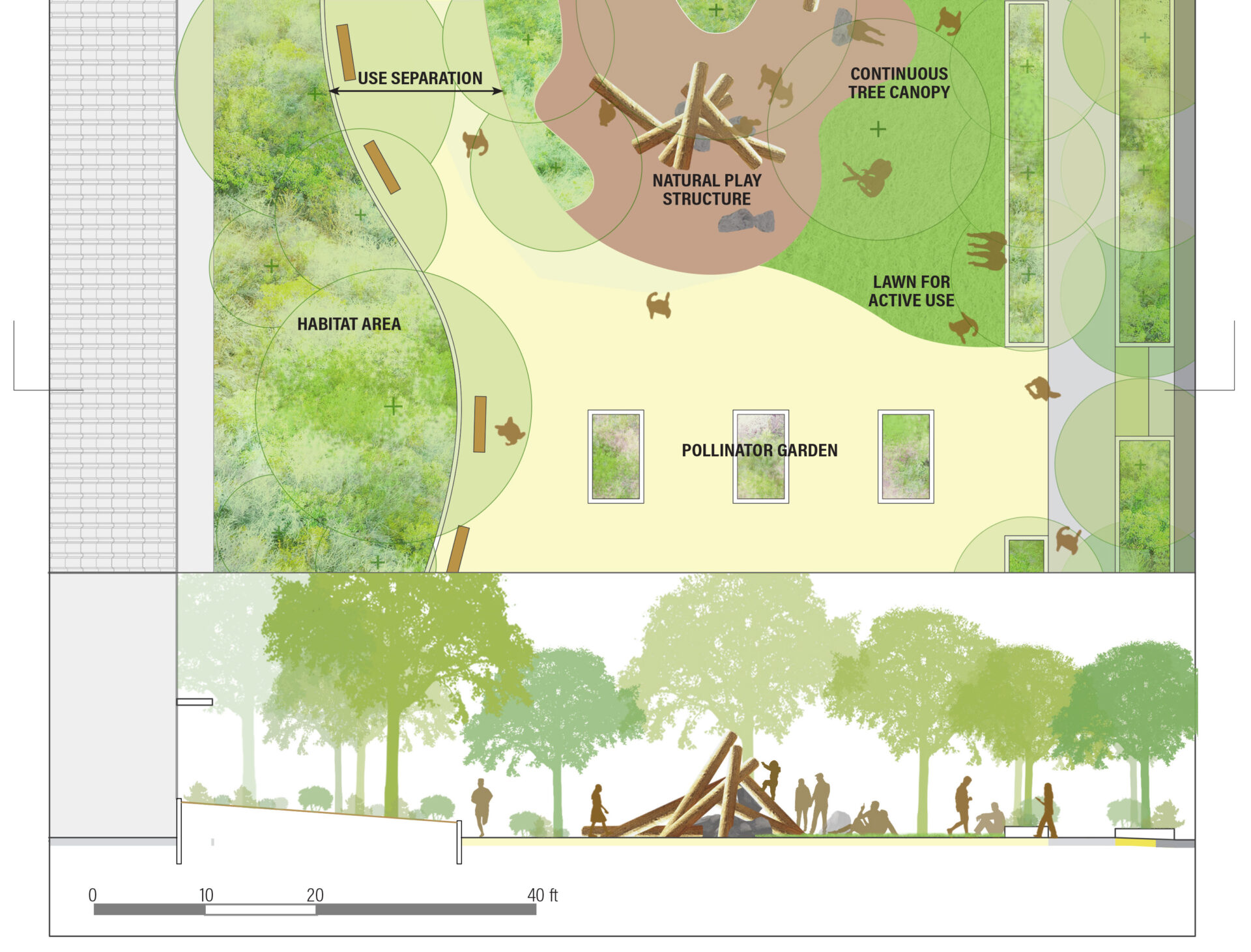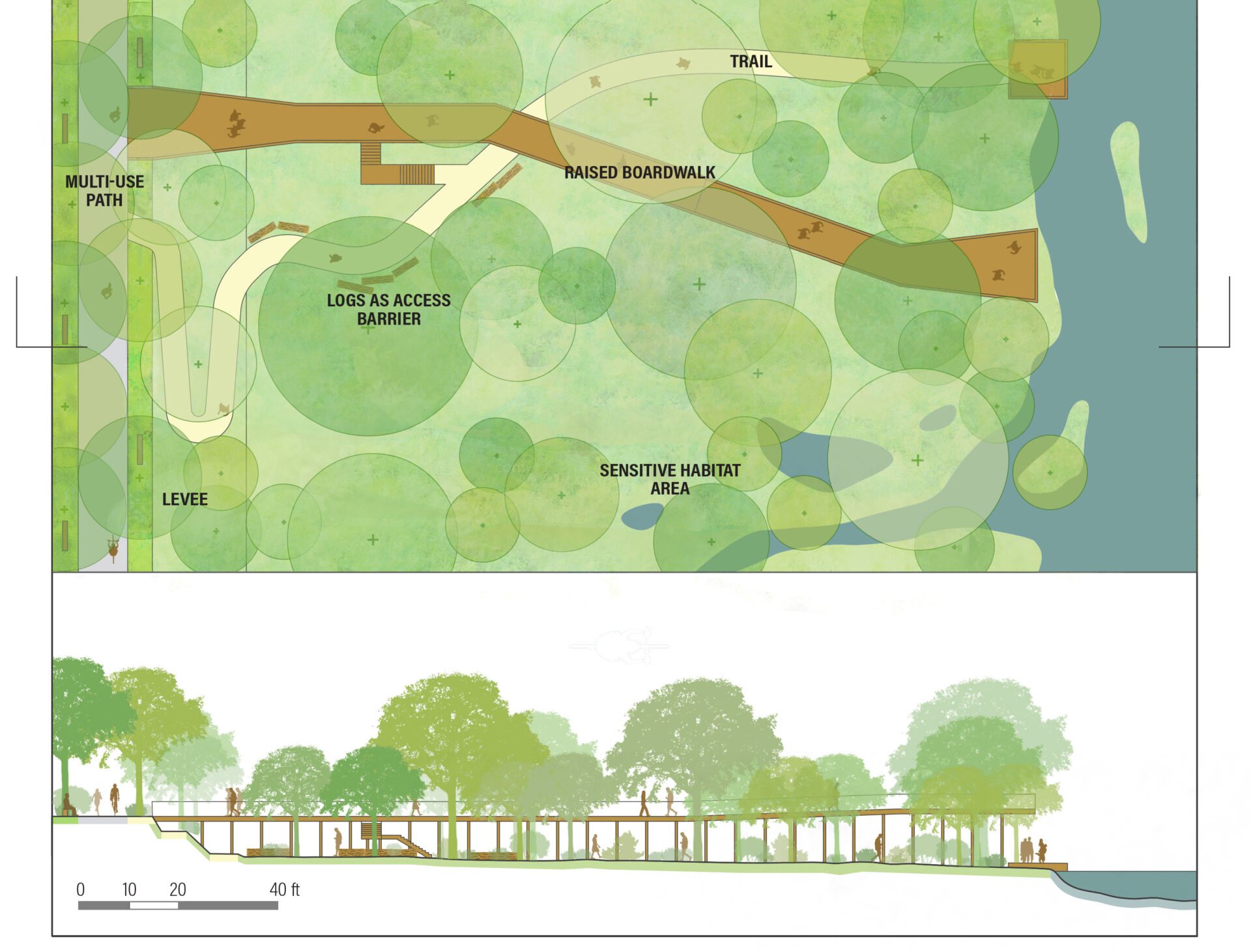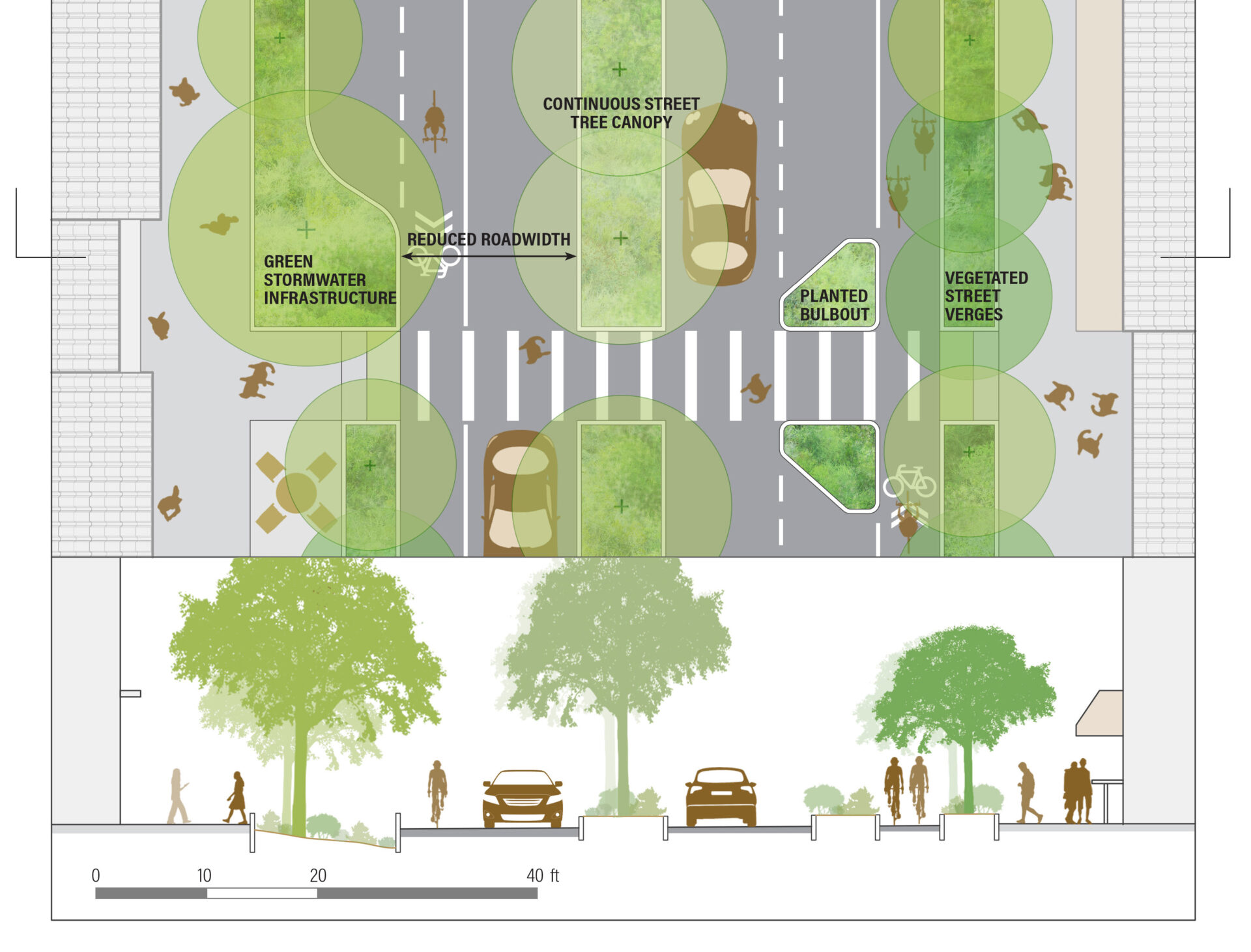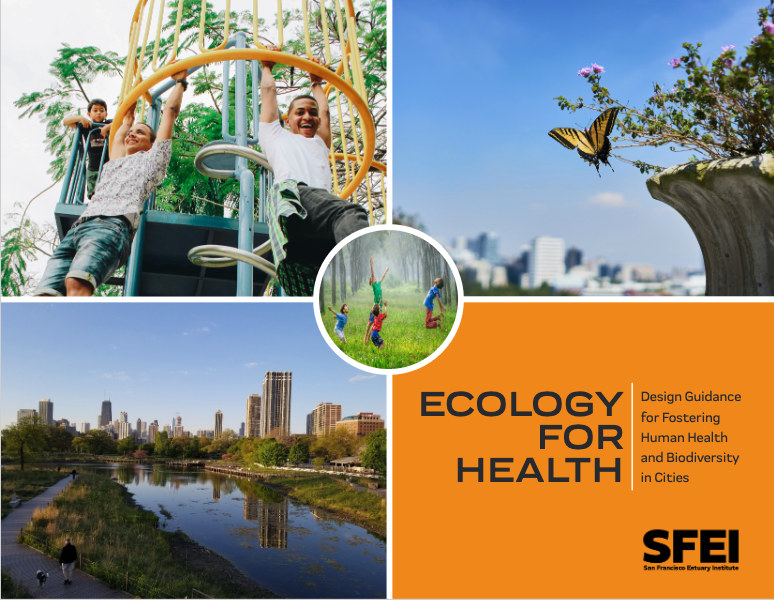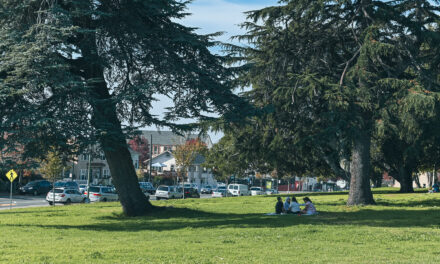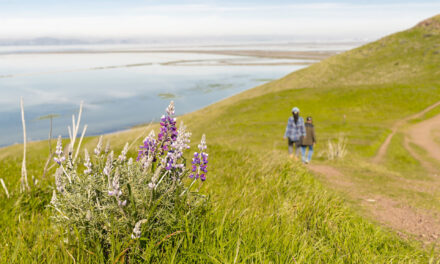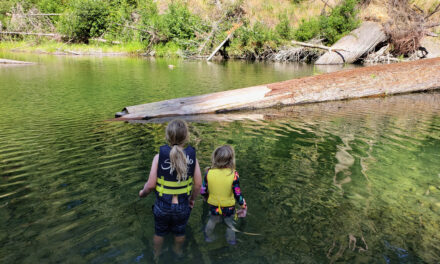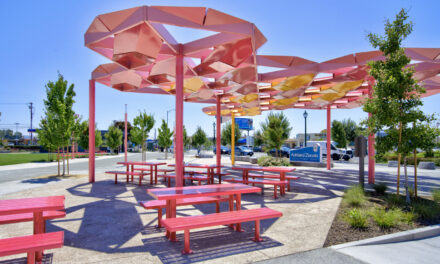Optimizing the Health Benefits of Urban Greens
The same features in urban parks that support biodiversity can also benefit human health. Even biodiversity itself may help us — and the San Francisco Estuary Institute (SFEI) wants to see more of it. To that end, the nonprofit released an innovative report in September called Ecology for Health. It’s a practical guide for planners and designers to aid both biodiversity and human health in urban settings.
Research into the link between nature and human health goes back decades. But scientists continue to learn more about which aspects of parks and other green spaces in cities — such as recreational amenities, shade, views, or plants and animal life — are most associated with different mental and physical health outcomes in humans, says SFEI environmental analyst Jennifer Symonds. One of seven co-authors of the report, Symonds also led an exhaustive review of the existing literature.
A conclusion that’s become increasingly clear (and that inspired SFEI to produce the guide in the first place, Symonds says) is that plant, animal, fungal, and human life can be intertwined to a fascinating extent, even in urban settings.
Two recent studies suggest that greater bird diversity is tied to better human well-being. And a 2007 study showed a positive association between overall plant diversity and human psychological well-being: the more of one, the more of the other. Plant species richness also has been linked to human microbiota biodiversity, Symonds says. “That is linked to improved human health, including reduced skin disease,” among other benefits.
Research has also shown that urban forests can (take a deep breath) improve mood, mental health, immune function, and BMI, and lower the prevalence of lung cancer, asthma, heat-related mortality, and preterm birth. Native flowering plants, meanwhile, may help reduce allergen sensitivity.
All of these can be deliberately designed into city parks and open spaces for maximum benefit, and that’s the main message behind SFEI’s new report.
Some features, however, might have to go. Artificial lighting is known to affect wildlife communication, orientation, reproduction timing, predation, habitat selection, and more. In humans, it’s “linked to increased breast and prostate cancer risk, increased cortisol, increased vector borne disease risk, and disruptions to circadian rhythm and melatonin production,” a chapter in the report on lighting reads. To reduce these impacts, the authors recommend limiting outdoor light intensity and “trespass,” also called light pollution, and avoiding blue-white light.
Other chapters in the report offer practical guidance on water features, grass alternatives, garden spaces, habitat complexity, and public access. And alongside direct impacts on health, the authors also explore co-benefits for things like shade and cooling, climate mitigation and adaptation, and flood and stormwater management — a suite of benefits sometimes referred to as “ecosystem services.”
Of course there are challenges. In some cases, the needs of people and nature conflict. Recreational access can disturb wildlife. Habitat complexity may reduce human access or perceived safety. And green spaces may take land away from other valuable uses like affordable housing.
The guide tackles these, too, with practical insights throughout. “We are excited to present this design guidance showing synergies and also addressing the tradeoffs between biodiversity and human health in urban spaces,” says co-author Karen Verpeet, SFEI’s Resilient Landscapes Program managing director.
SFEI’s goal now is to get eyes on Ecology For Health. In September, the organization gathered more than 50 local planners, designers, landscape architects, and other experts to review and discuss the report. “We’ve already gotten some really good feedback,” Symonds says.
Other Recent Posts
Artist Repurposes Shoreline Detritus
Courtney Griffith scours beaches and parks for everything from plastic to charcoal, mangled ropes and burnt wood to use in her work.
After The Fire: Scenes from Chinese Camp
One of California’s oldest Gold Rush settlements takes stock after a devastating fire — a photo essay.
Youth Group Tackles Heat Islands in Santa Rosa
A new youth advisory team convened by the Greenbelt Alliance and Latino Service Providers is exploring heat disparities in southwest Santa Rosa.
ReaderBoard
Once a month we share reader announcements: jobs, events, reports, and more.
CEQA Reforms: Boon or Brake for Adaptation?
California Environmental Quality Act updates may open up more housing, but some are sounding alarms about bypassed environmental regulations.
Repurposing Urban Lots & Waterfronts: Ashland Grove Park, Palo Alto Levee, and India Basin
In this edition of our professional column, we look at how groups are reimagining a lot in Ashland Grove and shorelines in San Francisco and Palo Alto.
Backyard Harvests Reduce Waste
A Cupertino Rotary Club program led by Vidula Aiyer harvests backyard fruit and reduces greenhouse gases.
Digging in the Dirt Got Me Into Student Climate Action
A public garden at El Cerrito High School in the East Bay inspired my love of nature and my decision to study environmental science at UCLA.
King Kong Levee: Two Miles Done, Two To Go
Two miles of levee are now in place as part of the project to protect Alviso and parts of San Jose, but construction will last much longer.
Making Shade a Priority in LA: An Interview with Sam Bloch
After witnessing fire disasters in neighboring counties, Marin formed a unique fire prevention authority and taxpayers funded it. Thirty projects and three years later, the county is clearer of undergrowth.







